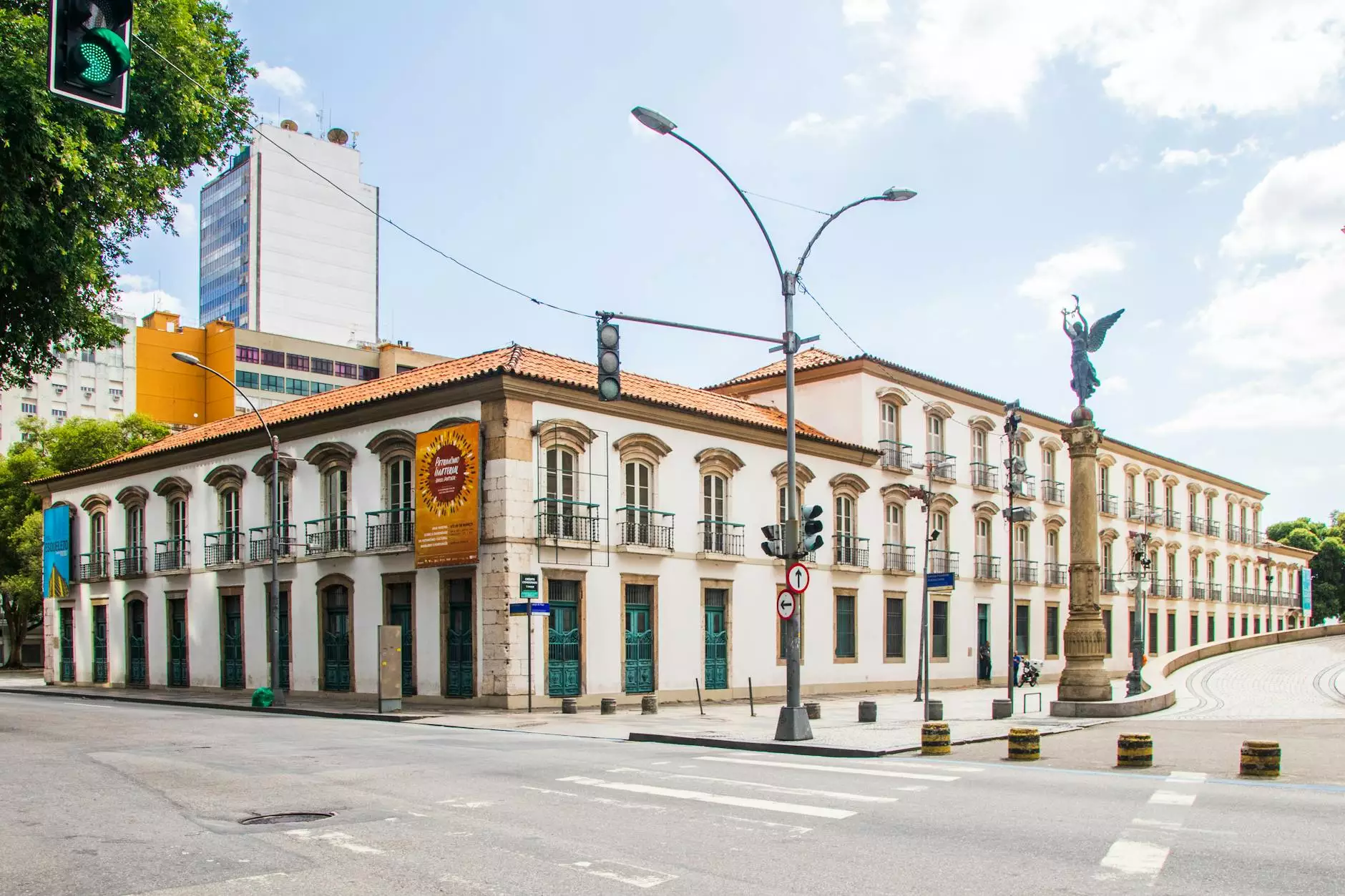Patella Alta & Baja - What is the Difference?
Blog
Welcome to Regency Square Care Center's informative blog post about Patella Alta and Patella Baja, two common conditions affecting the kneecap (patella). Our dedicated team of healthcare professionals specializes in geriatric and aging care, providing comprehensive services aimed at improving the quality of life for our elderly patients.
Understanding Patella Alta
Patella Alta, also known as high-riding patella, is a condition where the kneecap sits higher in the knee joint than the normal position. It occurs when the patella is positioned above the normal groove (trochlea) of the thigh bone (femur), leading to various symptoms and complications.
Causes of Patella Alta
The exact cause of Patella Alta is not always clear, but it can be congenital (present from birth) or acquired due to factors such as:
- Abnormal knee joint structure
- Genetic predisposition
- Injury to the knee
- Muscular imbalance around the knee
Symptoms and Complications
Patella Alta can cause various symptoms, including:
- Knee pain and instability
- Difficulty walking or climbing stairs
- Popping or clicking sensations
- Reduced flexibility and range of motion
If left untreated, Patella Alta can lead to complications such as:
- Patellar dislocation
- Chondromalacia patellae (softening of the cartilage)
- Arthritis in the knee joint
- Chronic knee pain
Understanding Patella Baja
Patella Baja, also known as low-riding patella or patella infera, is a condition where the kneecap sits lower in the knee joint than the normal position. It occurs when the patella is positioned below the normal groove (trochlea) of the thigh bone (femur), leading to distinct symptoms and challenges.
Causes of Patella Baja
Similar to Patella Alta, the exact causes of Patella Baja are not always clear. It can also be congenital or acquired due to factors such as:
- Previous knee surgeries or interventions
- Post-traumatic conditions
- Osteoarthritis
Symptoms and Challenges
Patella Baja can cause the following symptoms and challenges:
- Knee pain and stiffness
- Difficulty extending the knee fully
- Limited movement and range of motion
- Weakened quadriceps muscles
If left untreated, Patella Baja may negatively impact an individual's ability to perform activities of daily living and restrict their mobility.
Treatment and Management
Proper diagnosis and personalized treatment plans are crucial for managing Patella Alta and Patella Baja effectively. At Regency Square Care Center, our experienced healthcare professionals employ a multidisciplinary approach to address these conditions, which may include:
- Physical therapy and exercises targeting knee stability and strength
- Bracing or taping techniques to support the patella
- Medication for pain management and inflammation reduction
- Surgical intervention for severe cases or when conservative measures fail
We strongly emphasize the importance of early intervention, ongoing monitoring, and regular follow-ups to optimize outcomes and minimize complications associated with Patella Alta and Patella Baja.
Regency Square Care Center - Your Partner in Geriatric and Aging Care
Regency Square Care Center is a leading provider of comprehensive geriatric and aging care services. With our compassionate team of skilled professionals, we strive to improve the well-being of our elderly patients and promote their independence and quality of life. Our customized care plans, advanced rehabilitation techniques, and state-of-the-art facilities ensure that each individual receives personalized attention and exceptional care.
Contact Regency Square Care Center today to learn more about our specialized services and how we can assist you or your loved ones in managing conditions like Patella Alta and Patella Baja. We are here to support your journey towards optimal health and well-being.










